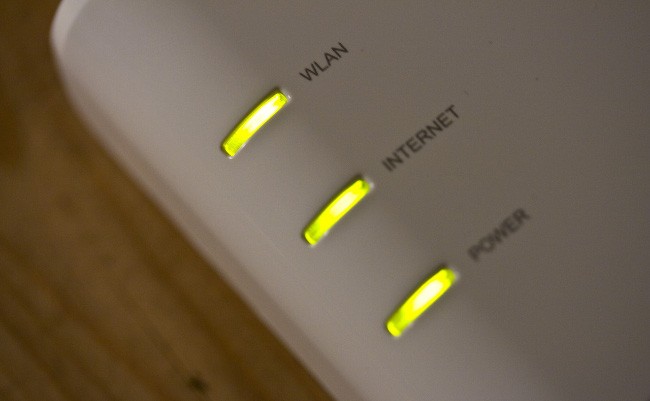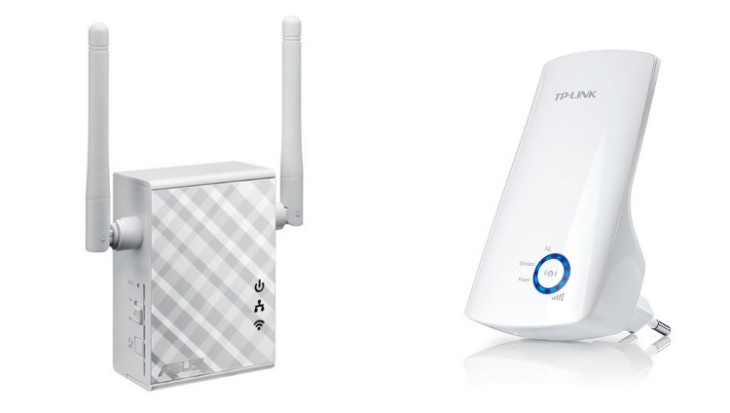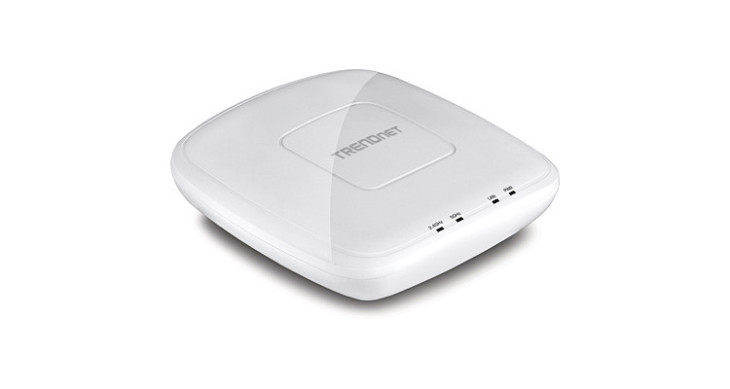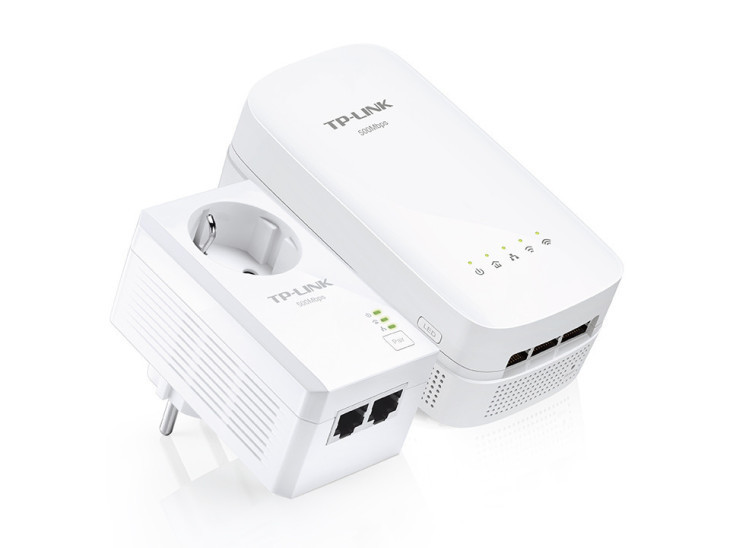
When the coverage of the WiFi network at home is not optimal and we need to improve it, we usually bet on adding a new antenna that provides us with better coverage. This antenna or wireless access point can replace, complement or expand the network that the operator's router already offers us. We are going to see how to choose a wireless access point for the home and what aspects must be taken into account so as not to make a mistake in the choice..
The first thing we must take into account is the connection standard that the new antenna offers us. WiFi N or WiFi AC are the most common today. WiFi AC is more modern and faster, but it can be wasted if the devices that are going to be connected in our home use WiFi N. If the price is similar, I would opt for the second, so we are forward-looking for the future.
Complementary access point, repeater or replacing the one we already have?

The wireless repeater
We must be clear about what we are looking for with the new antenna. If what we are looking for is simply a repeater, what it will do is pick up the signal that reaches it at that point and extend it further , amplifying the distance it reaches but not the speed. This implies that, if what we want is to improve the speed in addition to the connection, it will not be the right one for us. The big advantage is that the only thing it needs to work is a plug.
It would serve to bring WiFi to a side of the house that now does not have, but the speed of the connection would be quite regular. Suppose that the point where we locate the WiFi repeater reaches 50 Mbps, which it will extend in a circular way from its location, increasing the coverage in areas of the house that did not have it, but as it is further away the speed decreases. It would serve to have coverage in the kitchen, for example to check with the mobile, but if what we are looking for is to watch streaming series before going to sleep, it will not work properly..
Complementary or substitute access point for the one provided by the router

If we are looking for a complementary access point to the one we already have, we will need a network cable that connects both devices. We have to configure the same SSID of the WiFi network that we already have, that is, the identical name of the wireless network that is published, with the same password and the same type of encryption. In this way, what we get is a single WiFi network but with two wireless antennas that emit the signal. The devices will connect to one or the other depending on which is stronger in each area of the house.
In this case, for it to function optimally, it is important that both access points occupy separate transmission channels . For example, one is on channel 2 and the other on channel 7, so that both signals do not step on each other and compete for the same WiFi spectrum. Better to configure it manually than to leave it in automatic on both devices..

Finally, there is the possibility that the WiFi access point is located in a central area of the house that gives us optimal coverage in all rooms. In that case, what we can do is disable the router's WiFi network . This is a good idea especially if our antenna uses a higher standard, for example WiFi N versus the WiFi G of the router, and we do not want to use the connection that will give us a lower speed.
And where are we going to install it?
To make the decision we also have to be clear about the infrastructure necessary for its installation . As we mentioned before, a repeater will only need a plug since it captures the WiFi signal and extends it, while an access point will need an ethernet cable to arrive in addition to power supply to the point where we want to place it. As most antennas are omnidirectional, that is, they extend the signal in a circular way, the more centered the plane of our house is, the better coverage we will have.

Sometimes it is easy to carry a network cable but in the place where we want to locate the antenna we do not have a plug. In these cases we could use an antenna powered by PoE . With this technology, it is the network cable itself that would carry the electrical current in addition to the data, so that the antenna works. This makes it easy to locate the antenna in the most suitable location for optimal coverage throughout the home.
If we cannot carry a network cable we can always use the PLC devices . With these devices the data is transmitted through electric current and we need two of them. One we place it near the router and is connected by cable to it, the other at the point of the house that we want and it will be in charge of broadcasting the wireless network as we have configured it.
Finally, an important aspect must be the ease of configuring the devices, especially if we are not expert network users. It is necessary to investigate a little to know the management possibilities that it offers us and if we will be able to do it ourselves following the instructions. Sometimes the difficult thing is to access the router, since sometimes it is the users themselves who have never touched this configuration.
In Lenovo Blog | How long do we need for a WiFi with light? This is LiFi, a much faster speed
Image | Flickr